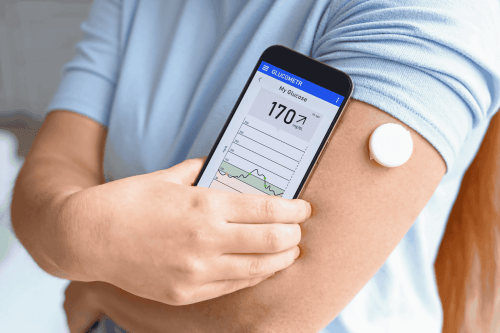The CDC recommends testing and screening healthcare personnel for tuberculosis (TB) upon hiring. Doing so aligns with TB Infection Control Plans or state regulations. Personnel included should be anyone working or volunteering in the healthcare setting. Annual tuberculosis education should also be provided for healthcare workers. This education explains the risk factors, possible signs and symptoms of the disease, and infection control policies. This provides healthcare personnel with additional safety precautions and knowledge. Lastly, in light of the COVID- 19 pandemic, neither TB skin or blood tests are known to affect the safety and effectiveness of the vaccine.
Tuberculosis Screening and Testing
Tuberculosis screening includes a baseline risk assessment, symptom evaluation, TB test and then additional evaluation, if necessary. If a positive TB test is received, symptoms should be evaluated and a chest X- ray should be conducted. Common symptoms include: cough lasting longer than three weeks, unexplained weight loss, night sweats or fever and a loss of appetite.
If healthcare workers have a history of positive TB tests, only the baseline risk assessment and symptom screenings are necessary. In addition, if workers have a known exposure to tuberculosis, they do not need to be retested. If they have a history of negative TB tests and experience exposure, testing should occur immediately. They then should receive another test eight to ten weeks after known exposure. If groups are at an increased risk of exposure, consider them for annual screening. Otherwise, annual testing is not necessary.
Skin and Blood Test
There are two possible tuberculosis tests, including the blood and skin test. For the blood test, administer the test following proper protocol and review results. Negative results signify no infectious disease, while a positive result indicates a possibility of infection and leads to a next step of evaluation for disease. Finally, document results.
The Mantoux tuberculin skin test (TST) differs as it includes two necessary steps. This is because the first test has the ability to stimulate a misinterpreted recent infection. Receiving a positive result on the first test indicates a possible TB infection and no second test is necessary. From there, follow the same steps for evaluation of the disease. A negative result requires a second test one to three weeks after the initial test. If the patient requires another test, review the results again. A positive result signifies tuberculosis infection and a negative signifies no infection. Once again, document results.
Treatment of Tuberculosis Disease
If there is any suspicion of the disease, notify local health departments immediately. The CDC and National TB Controllers Association recommends that healthcare professionals diagnosed with latent TB infection (LTBI) receive treatment. The shorter treatment includes one weekly isoniazid and rifapentine for three months and daily rifampin for four months. In comparison, the traditional regimen includes six to nine months of isoniazid.



